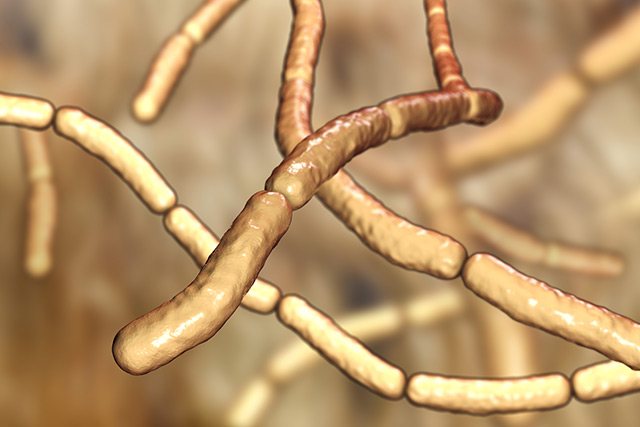
What is antibiotic resistance?
Antibiotic resistance is a natural phenomenon that occurs when an antibiotic has lost its ability to effectively kill or control the growth of bacteria. Antibiotics often kill off the "susceptible" strains of bacteria. However, some bacteria strains are more resistant than others. Through either genetic mutation or by acquiring resistance from other bacteria, these "resistant" strains survive and continue to multiply in the presence of the same antibiotic that previously failed to kill it off entirely. Simply put, the original antibiotic is no longer as effective in fighting the resistant bacteria. This often leads to increasingly larger doses of stronger antibiotics being prescribed to treat the disease. This, in turn, creates a vicious cycle wherein bacteria become immune to the antibiotics, stronger antibiotics are prescribed, and the bacteria become immune or resistant to these as well. With each new iteration, the bacteria only become stronger with repeated exposure to antibiotics.
Antibiotics are only meant to be a last resort in the treatment of most bacterial infections and diseases. They are not a cure-all meant to treat every little infection that comes along, including viral illnesses such as the common cold. Antibiotics do not work against viruses, but they are often still prescribed for that purpose. It is this unnecessary prescription of antibiotics that has caused the spread of what the CDC calls "nightmare bacteria." This excessive reliance on antibiotics can be curbed by resorting to other natural alternatives to prescription antibiotics. (Related: Have you tried any of these natural alternatives to antibiotics?)
What natural remedies can be used as alternatives to antibiotics?
There are many natural alternatives to antibiotics that possess antiviral, antibacterial and even anti-fungal properties. Here are some natural remedies you can use to help fight off bacterial infections:
- Garlic. Garlic has preventive and curative powers. It can be used as an effective treatment against many forms of bacteria, such as salmonella, E. coli, and tuberculosis.
- Turmeric. Curcumin is an active ingredient found in turmeric that possesses strong anti-fungal and anti-viral properties. It also has antioxidant and anti-inflammatory properties that can help reduce inflammation.
- Tea tree oil. Bacteria are often protected by a thin coat of biofilm that the bacteria uses to become resistant to antibiotics. Tea tree oil possesses the ability to help reduce or dissolve this biofilm. This allows the essential oil to help destroy the resistant bacteria. Tea tree oil can even be used in conjunction with antibiotics to let the bacteria remain more receptive to the effects of the antibiotics.
- Manuka honey. Since ancient times, honey has been used as a natural remedy to treat wounds and draw out infections due to its potent antibacterial properties. Manuka honey is unique among other types of honey due to its higher concentration of methylglyoxal (MGO). Manuka honey can also help inhibit approximately 60 different kinds of bacteria. Additionally, it can boost your body's immune system and attack bacterial infections that form a biofilm.
If you want to learn more about how to protect yourself from superbugs and other bacterial infections, you can read more articles by going to SuperBugs.news.
Sources include:
Please contact us for more information.


















